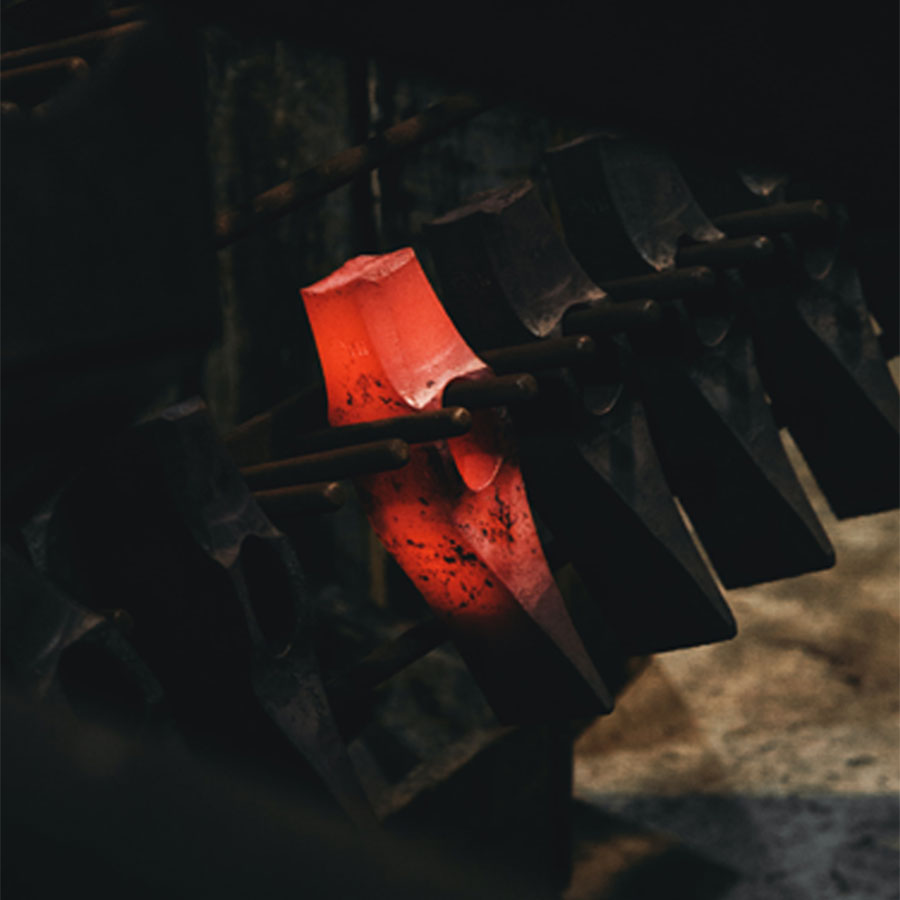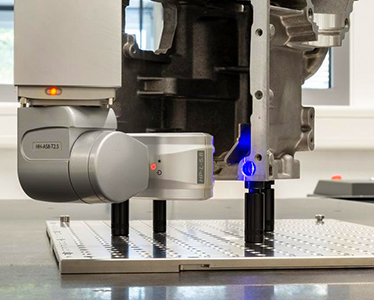Call Us
+86-19858305627
Email Us
sales@maple-machinery.com
Hot forging
2023-07-27
Hot forging, where the work piece is heated up to about 75% of its melting temperature. As the temperature of the work piece, prior to forging approaches the melting temperature, the flow stress and energy required to form the material is decreased. Therefore, the strain rate or rate of production can be increased. This is a more expensive approach to metal forging and can be detrimental, leading to die failure by thermal stresses.
Hot forging, also referred to as drop forging, is a process that can be used to produce a wide variety of parts in most metals. Generally, forging is the process of forming and shaping metals through the use of hammering, pressing or rolling. Forgings are produced in sizes ranging from a few millimeters maximum dimension up to 3 m or more in some cases.
The principles and practices of hot forging have been established since the last century, but improvements have obviously been made in equipment, lubricants and the ability to process the more difficult to forge materials since that time.
Hot forging is a plastic deformation of metal at a temperature and strain rate such that recrystallization occurs simultaneously with deformation, thus avoiding strain hardening. For this to occur, high workpiece temperature (matching the metal's recrystallization temperature) must be attained throughout the process.
A form of hot forging is isothermal forging, where materials and dies are heated to the same temperature. In nearly all cases, isothermal forging is conducted on super alloys in a vacuum or highly controlled atmosphere to prevent oxidation.
Because the metal is hot, it is easy to move it around, allowing for more elaborate shapes than cold forging. Hot forging is common for harder metals such as steel that would be difficult to shape when cold. The process begins with a cast ingot, which is heated to its plastic deformation temperature, then forged between dies to the desired shape and size. During this forging process, the cast, coarse grain structure is broken up and replaced by finer grains, achieved through the size reduction of the ingot.
Depending on the metal and the degree to which it was heated, the forging process itself might suffice to temper, or strengthen, the material. Usually, the product is additionally heat treated after it is hot forged.
A major differentiating factor in forging is the temperature of the billets at the start of the process. In the case of hot forging, the billets are heated to a temperature at which recrystallization processes occur during forging. Thus no strain hardening takes place in the material during forging, providing it with almost unlimited formability.
Materials made of steel are usually heated up to a starting temperature of approx. 1,200 °C. Maple carries out closed-die forging in which the dies generate the desired part contour in several stages.
Hot forging, also referred to as drop forging, is a process that can be used to produce a wide variety of parts in most metals. Generally, forging is the process of forming and shaping metals through the use of hammering, pressing or rolling. Forgings are produced in sizes ranging from a few millimeters maximum dimension up to 3 m or more in some cases.
The principles and practices of hot forging have been established since the last century, but improvements have obviously been made in equipment, lubricants and the ability to process the more difficult to forge materials since that time.
Hot forging is a plastic deformation of metal at a temperature and strain rate such that recrystallization occurs simultaneously with deformation, thus avoiding strain hardening. For this to occur, high workpiece temperature (matching the metal's recrystallization temperature) must be attained throughout the process.
A form of hot forging is isothermal forging, where materials and dies are heated to the same temperature. In nearly all cases, isothermal forging is conducted on super alloys in a vacuum or highly controlled atmosphere to prevent oxidation.
Because the metal is hot, it is easy to move it around, allowing for more elaborate shapes than cold forging. Hot forging is common for harder metals such as steel that would be difficult to shape when cold. The process begins with a cast ingot, which is heated to its plastic deformation temperature, then forged between dies to the desired shape and size. During this forging process, the cast, coarse grain structure is broken up and replaced by finer grains, achieved through the size reduction of the ingot.
Depending on the metal and the degree to which it was heated, the forging process itself might suffice to temper, or strengthen, the material. Usually, the product is additionally heat treated after it is hot forged.
A major differentiating factor in forging is the temperature of the billets at the start of the process. In the case of hot forging, the billets are heated to a temperature at which recrystallization processes occur during forging. Thus no strain hardening takes place in the material during forging, providing it with almost unlimited formability.
Materials made of steel are usually heated up to a starting temperature of approx. 1,200 °C. Maple carries out closed-die forging in which the dies generate the desired part contour in several stages.

X
We use cookies to offer you a better browsing experience, analyze site traffic and personalize content. By using this site, you agree to our use of cookies.
Privacy Policy























































